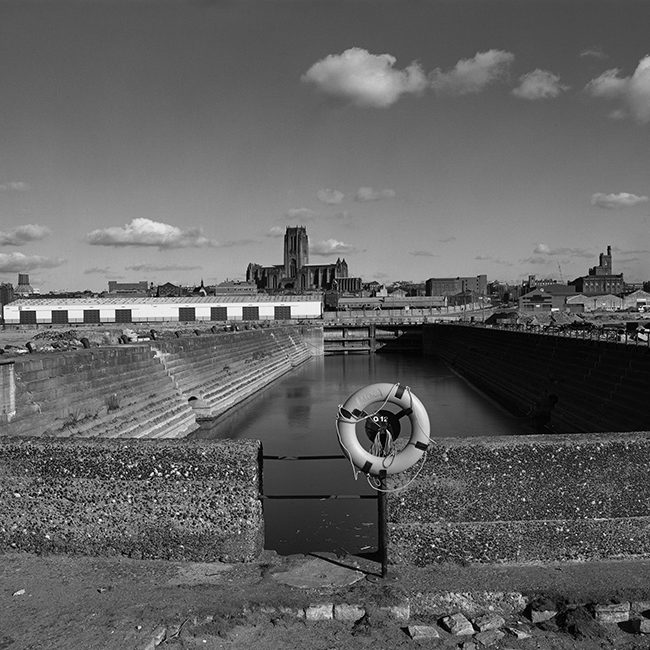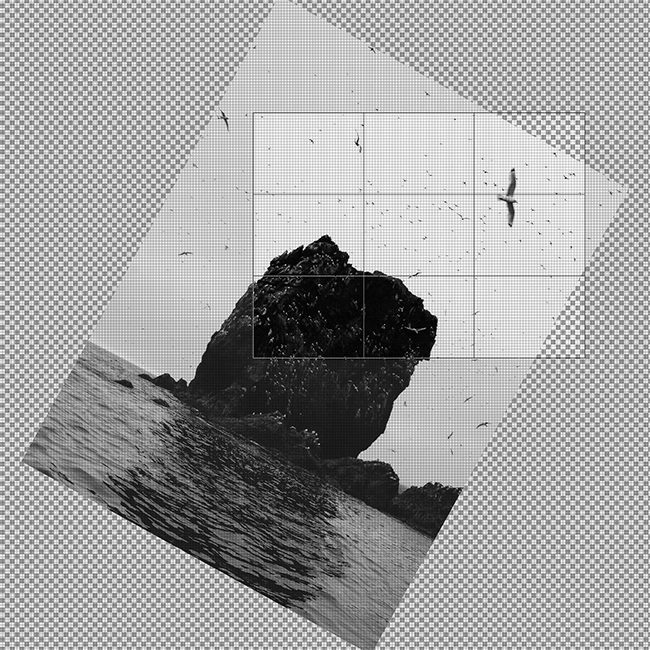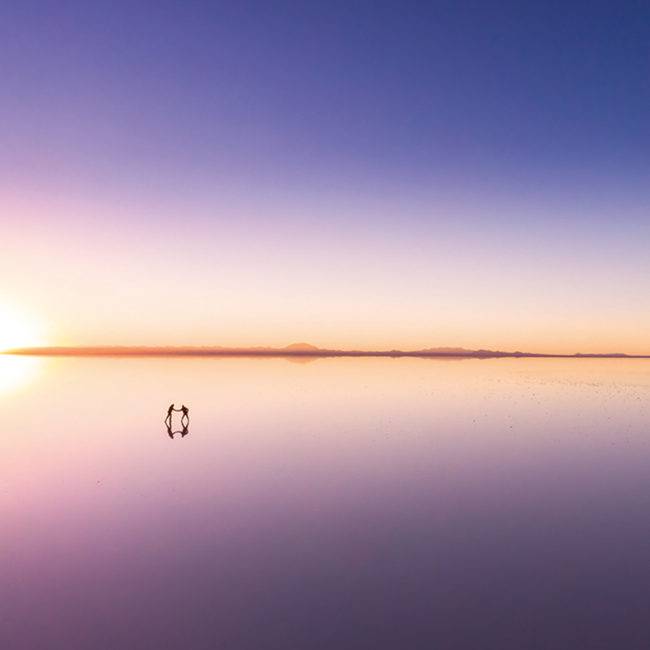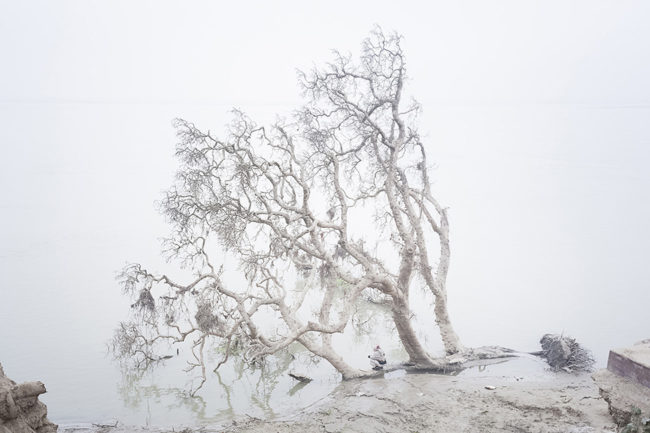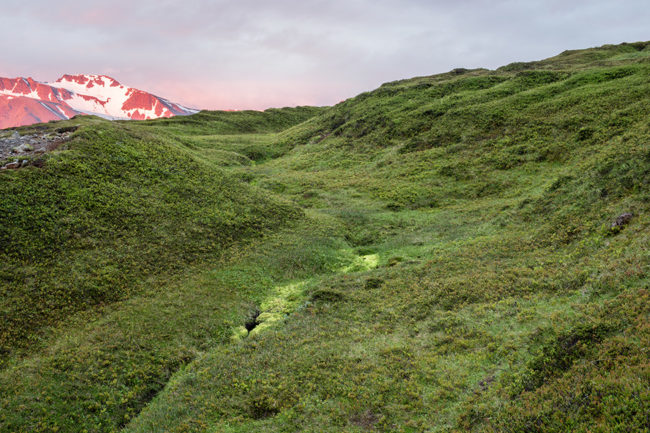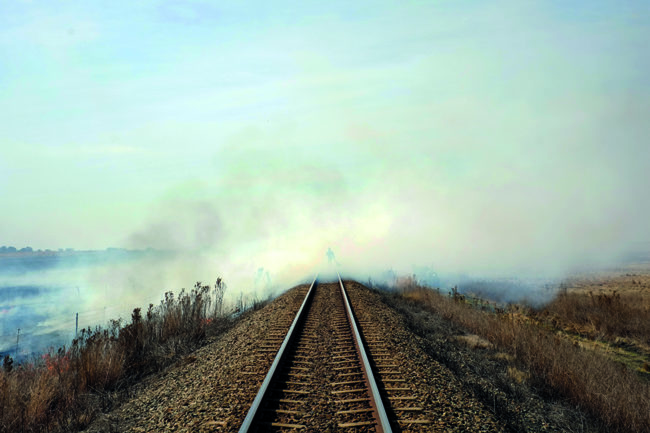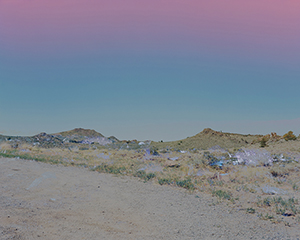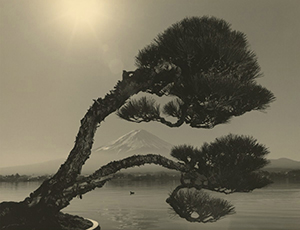“Ghosts of Segregation,” a series by Richard Frishman, looks at vestiges of America’s racism in the vernacular landscape. Frishman, who says, “the ghosts of segregation haunt us,” talks to PDN about finding locations for the series, his photographic process, and what feelings the historically significant sites stir in him. An exhibition opening April 25, 2019, at the New Orleans Museum of Art, You are Here: A Brief History of Photography and Place, will include two prints from “Ghosts of Segregation.”
PDN: You say in your artist statement, “We often take our daily environments for granted, but within even the most mundane edifice may lurk an important bit of history.” Can you elaborate on the historical significance of a specific structure seen in your work?
Richard Frishman: Strolling along West 3rd Street in The Village, most people are unaware that in the 18th Century this area of New York City was known as Little Africa, settled by freed Black men and women. The African Free School was founded on November 2, 1787, in Lower Manhattan by the New-York Manumission Society and founding fathers Alexander Hamilton and John Jay. It was the very first school for blacks in America. The mission of the institution was to empower young black people and educate them for something other than slavery, which was a complicated and bold proposition for the time. Ultimately consisting of seven schools, the system’s third school was located in Greenwich Village, at 120 West 3rd Street, then known as Amity Street.
PDN: How does photographing the sites in your project make you feel? What thoughts swirl in your head?
RF: In approaching each site I felt a combination of awe, guilt and compassion. In particular, the guilt I feel derives from the sense of shame that my nation inflicts such pain and suffering on people some consider “The Other,” whether Black or Hispanic or Asian or LBGTQ. I cannot do enough to honor these brothers, sisters and heroes.
PDN: How long have you been working on “Ghosts of Segregation”?
RF: I’ve been working on this project for a year, so it is still developing.
PDN: What is the biggest challenge you’ve faced working on this project?
RF: Finding the places I need to document is the most challenging aspect of the project, then having the patience to properly photograph them and properly stitch them together. I return numerous times to many locations, trying to capture the best light. The images are accurate depictions of real places, but they are are composed of dozens, often hundreds, of separate overlapping pictures. I take this methodical approach because I want the resulting images to be incredibly detailed and immersive.
PDN: What do you hope viewers will take away from the pictures?
RF: Curiosity and awareness. I hope people who view this work will consider the many stories and histories that surround them and perhaps learn from those new insights. Unless we can learn from our past and come to terms with our mistakes, we are doomed to repeat them.
PDN: What drew you to working on the project?
RF: I long had an affection for roadside architecture. My Dad was a builder and would-be architect in Chicago, and on school holidays he’d take me to his jobs and point out places he admired, from Louis Sullivan’s Auditorium Theatre to Louie’s Hot Dog Stand. He told me stories about each place, so I began to perceive the built environment as more than just assemblages of brick and mortar. The course of current affairs compelled me to turn my awareness toward aspects of the built environment that reflected our nation’s checkered past. I am reminded of the great writer William Faulkner’s observation, “The past is never dead. It’s not even past.” I grew up in the 1950’s in a middle class white suburban family, but my parents were very aware of racism and social inequalities, and they made sure we understood our privilege and our responsibility to fight for social justice. The Civil Rights Movement was and is a mighty struggle.
PDN: How do you find each location?
RF: I spend months researching potential locations, looking at relevant online resources like Black Past, Equal Justice Initiative, and state historical society websites. When I find a place of particular interest, I do more research. Ultimately, I get in the Google helicopter and do aerial reconnaissance, followed by a drive in the Google car (Street View) to get a sense of orientation, best time of day (or season), potential obstructions and other challenges. Sometimes I spend so much time driving in Street View that by the time I’m actually driving to the place I feel I’ve been there before. A critical part of my research is simply reading books. I gain insight and inspiration from books like The Warmth of Other Suns by Isabel Wilkerson, Barracoon by Zora Neale Hurston, the writings of Ta-Nehisi Coates and others. I just began Henry Louis Gates’ Stony the Road. And I read the New York Times and The Washington Post every day.
PDN: Do you have a favorite image?
RF: Favorite is a difficult word to apply to so painful a subject, but I know what you mean. I can’t choose, so I will just tell you about the most recent image I’ve completed: “The Black Eden.” It shows a humble but cozy cabin at Williams Court in Idlewild, Michigan, on a summer evening. During the first half of the 20th century, the small community of Idlewild was known as “The Black Eden.” It was one of the few resorts in the country where African-Americans were allowed to vacation and purchase property, before discrimination was outlawed in 1964 through the Civil Rights Act of 1964. From 1912 through the mid-1960s, Idlewild was an active year-round community and was visited by well-known entertainers and professionals from throughout the country. At its peak, it was one of the most popular resorts in the Midwest and as many as 25,000 would come to Idlewild in the height of the summer season to enjoy camping, swimming, boating, fishing, hunting, horseback riding, roller skating, and night-time entertainment. When the 1964 Civil Rights Act opened up other resorts to African-Americans, Idlewild’s boomtown period subsided, but the community continues to serve as a vacation destination and retirement community, and as a landmark of African-American heritage.
–Interview by Sarah Stacke
“Ghosts of Segregation”
By Richard Frishman
Frishman will be giving an artist talk at the New Orleans Museum of Art on Friday, May 24, 2019.

